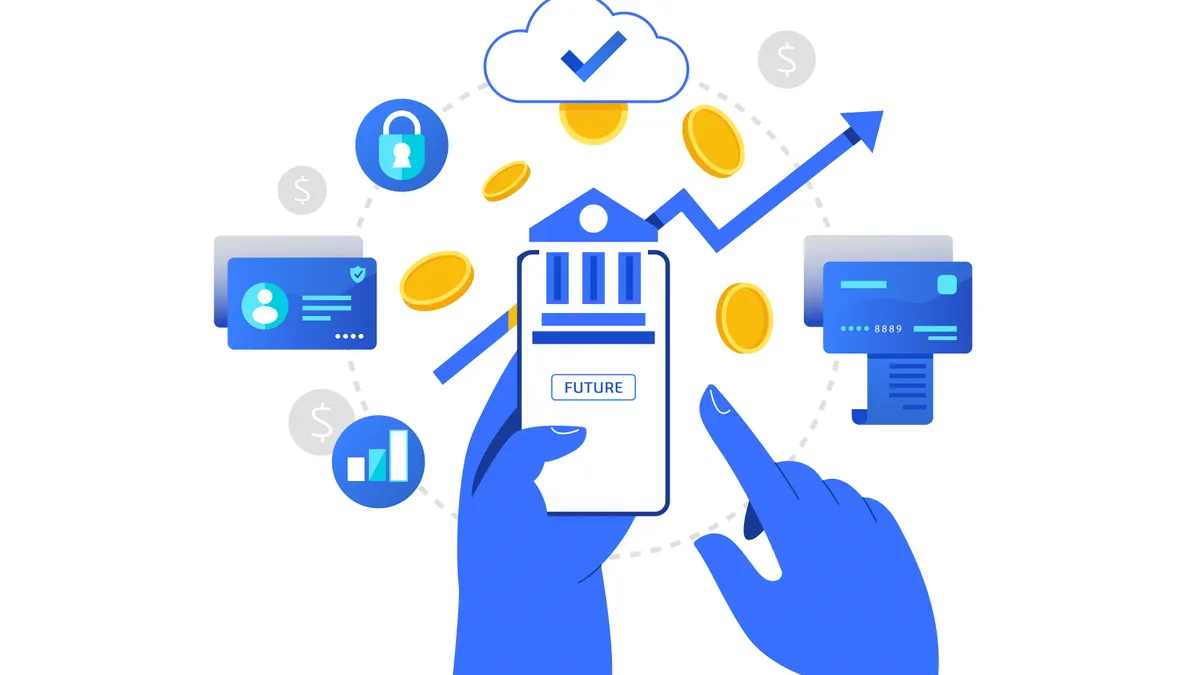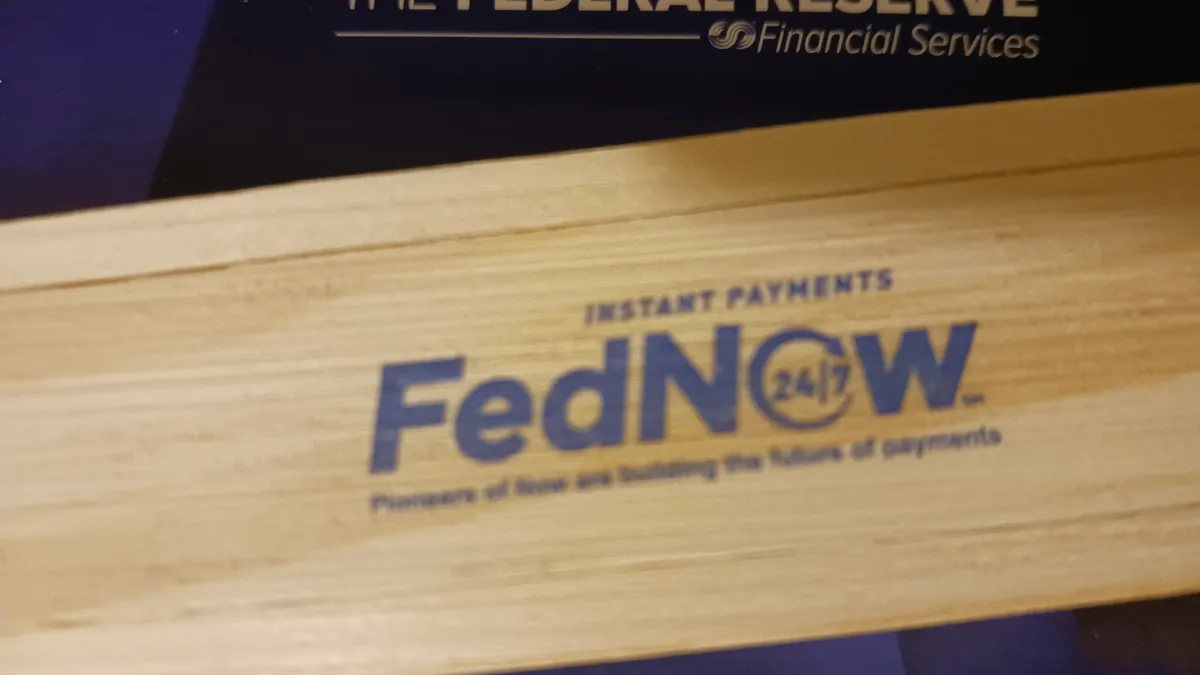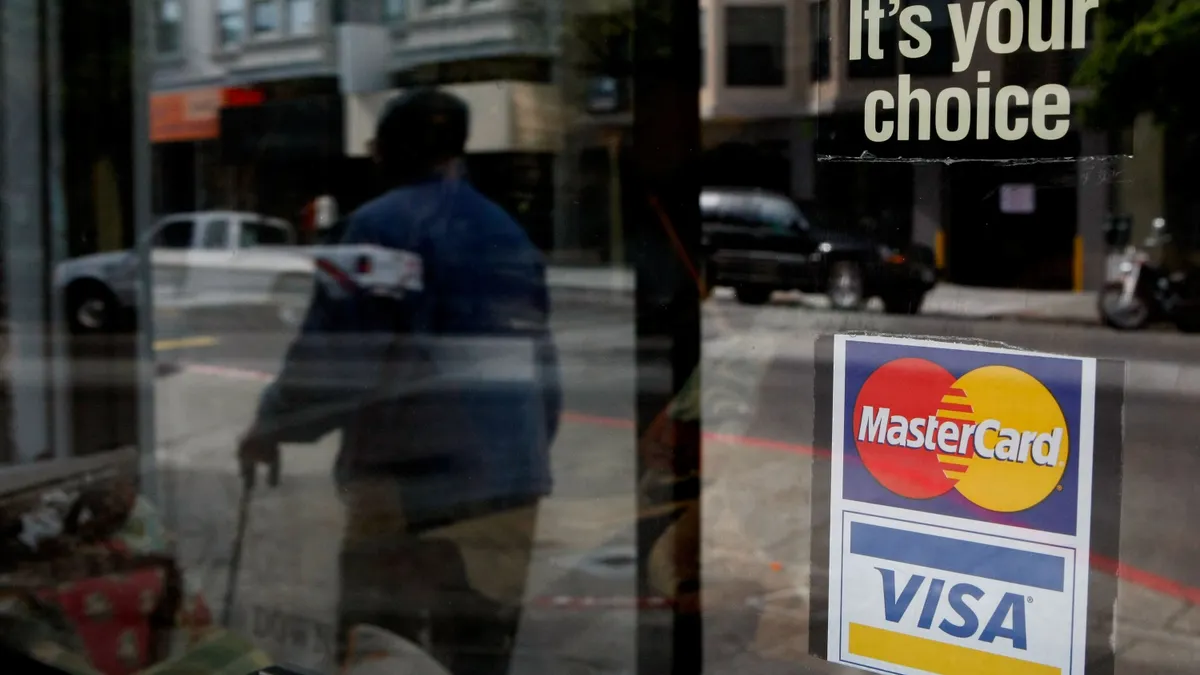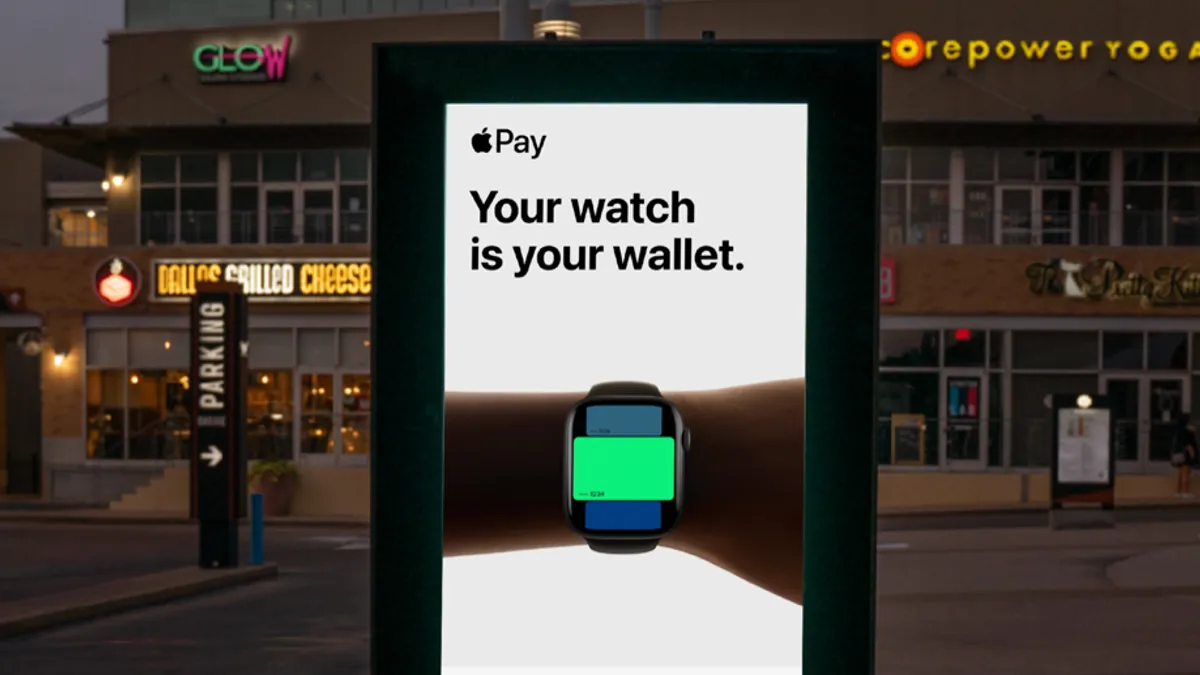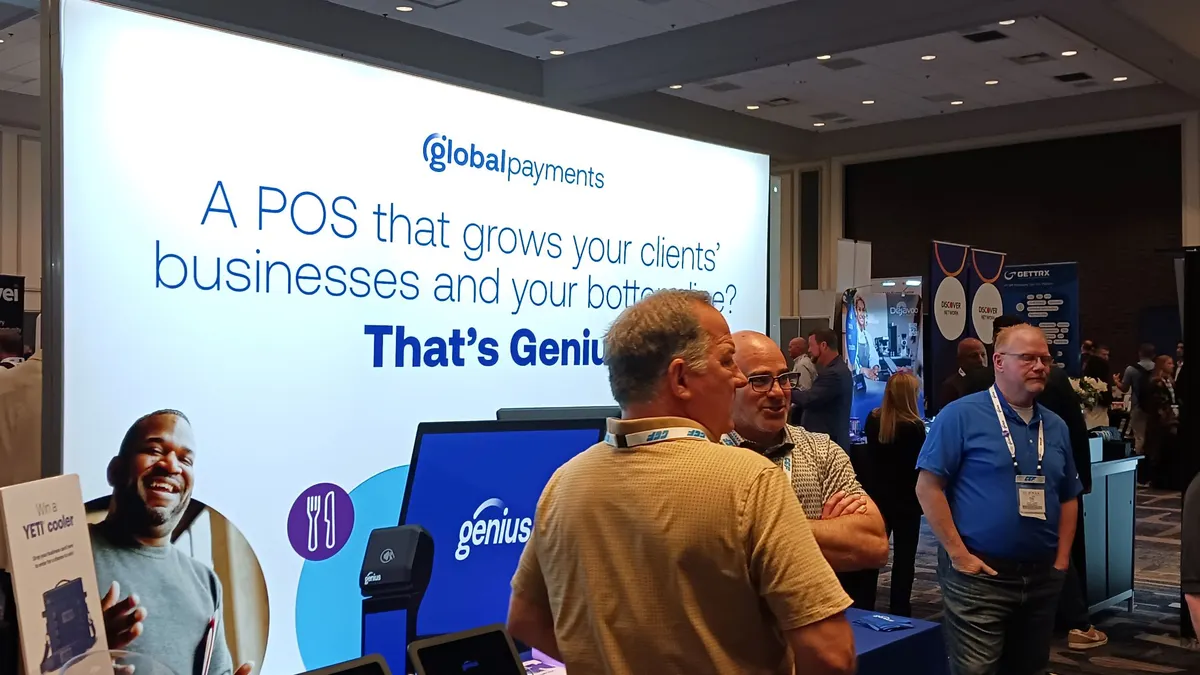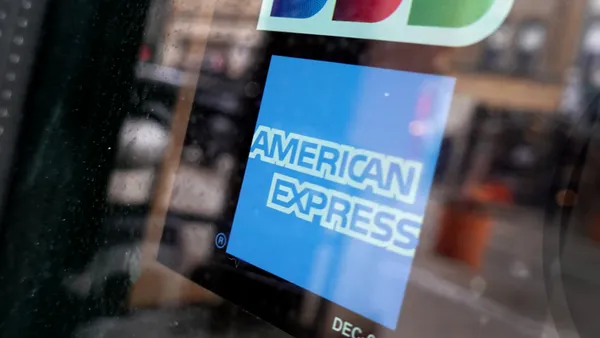In late February, Marqeta replaced its former chief executive, naming Mike Milotich, the chief financial officer, to the additional role of interim CEO. It’s a title he might hold for a while as Milotich says Marqeta’s board is comfortable with the current executive team, allowing directors to conduct a thorough, deliberative search.
The company focuses on card issuing and embedded finance, to allow its customers – including large fintechs and online retail marketplaces– to profit from interchange fees on transactions. Oakland, California-based Marqeta faces stiff competition from rivals such as Fidelity National Information Services and Global Payments, as well as upstarts such as Adyen and Stripe.
Marqeta, which went public in June 2021, has gradually diversified its revenue away from Block, which accounted for nearly three-quarters (73%) of the business in early 2021. Block represented 45% of revenue in the most recent quarter, Marqeta reported Thursday.
It’s also planning a “white label app,” rolling out later this year, to allow companies to establish a card program quickly, without spending internal resources or managing cardholders, Milotich said last week on a quarterly earnings call. As the dual CEO-CFO, Milotich is also targeting costs, with a goal of keeping expense growth 10 points below gross profit growth.
Milotich joined Marqeta as CFO in February 2022 after prior roles at Visa, PayPal Holdings and American Express. He spoke with Payments Dive on May 9.
Editor’s note: This interview has been edited for clarity and brevity.

PAYMENTS DIVE: When you came into the role, was there any issue or problem you needed to address immediately?
MIKE MILOTICH: Not really. Although we’ve accomplished a lot at Marqeta, we need to improve our execution a little bit. So I think what I’m really focused on is doing the fundamentals, the little things a little better. We have several innovative things that we're doing, and we are constantly growing the capabilities we offer. The key is to do everything, finish everything we start and kind of do it really well, is what I'm a little more focused on than you know, maybe we’ve been in the past. I think because we have enough great ideas, that's not our problem. Our problem is actually focusing, prioritizing and delivering.
How do you plan given the uncertainty and many unknowns about the U.S. economic outlook?
You can’t really plan for that. It’s more that you make sure you have contingency plans. It’s more about making sure you have the ability to shift if things change. And sometimes that means the way you execute is slightly different, so that you kind of have some exits and some off ramps if you need to make a change. I think we’re trying to make sure every decision we make, there is some flexibility if things change. Otherwise, what we see in our business is that, at least so far, there isn’t a shift in the way consumers are spending.
What are some specific things investors are clamoring for you to accomplish, beyond profits and a rising stock price?
For us it’s two things. We have one very large customer, Block. This past quarter, they were 45% of our revenue. We’re making progress growing our non-Block business, and so I would say that’s an area of focus: How quickly is our non-Block business growing? Our non-Block revenue is growing more than 10 points faster than our Block revenue. That’s something investors are watching. We still think there’s a lot of growth opportunity with Block and so it’s more, how quickly can we diversify the business outside of that? Another thing investors want to see is how successfully we move into embedded finance. How successfully were we able to attract these different kinds of companies and get them on our platform and show the difference that we can make, versus maybe what has been done in the past.
How do you view the Block business, and do you have a revenue target in your diversification journey?
We still think there’s a lot of opportunity at Block and a lot of ways we can help them. We don't necessarily target that percentage. We more target non-Block growth. We want to drive non-Block growth, but if Block grows really fast, that's not a bad thing on our platform. We support Square, we support Afterpay, we support Cash App. They’ve talked a lot about getting Afterpay inserted more into Cash App directly. So there’s things that we can help them with. They haven’t done a true credit card yet, and these are all things that they could do seamlessly with us. In addition to that, we obviously are trying to grow our business as much as we can with other partners.
What’s the thinking behind your planned mobile app?
We’re happy integrating with multiple players, as we sort of speak to larger and larger companies whose core business is not this. They’re looking for a more holistic offering. We’re providing a lot more value-added services, risk services that they can adopt. We announced we’re building a white label app, so that the decision maker for this card program, one day they might want to embed it into their existing company app, but that takes a lot of selling internally to get people to commit resources that way. So a lot of them are saying, I’m going to build a standalone app that looks and feels and easily syncs with our main app. But it can allow me to get traction in the market, and then maybe one day later, embed it directly.
On the issuing side of your business, what does that look like in five years or so? All digital?
Almost everyone now issues a digital, tokenized version of your card along with the physical card. So a lot of people are putting their card into one of the big wallets. I think the big change that we see coming, that a lot of people are interested in, is where you would do more from their experience. You’re inside their app, and there are things you can do. If you were an airline, why wouldn't you be able to do some things directly from their application, as opposed to leaving it, and so I think that's personalized rewards. One of the things we’re working on in credit is credit platforms. Today, the reward is the same for you as it is for me, but there’s no reason why. Just like if you and I pulled up a website, we were sitting right next to each other. What would be on (each) website would be very different, and we believe there’s no reason why card benefits and rewards couldn’t be similar, where they are somewhat tailored to your preferences and your needs.
What’s happening with the CEO search?
The board, they feel like with me in the interim role, and the rest of the executive team in place, that the business can thrive in the short-to-medium term, which gives them the luxury of taking the time they need to do a thorough search. So I don't expect it to be fast.
Now that you’ve seen the job closely, do you want to be the permanent CEO?
That’s up for the board to determine.


